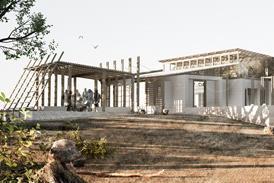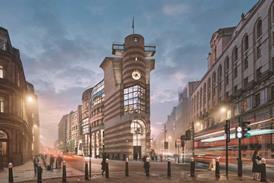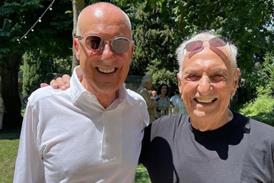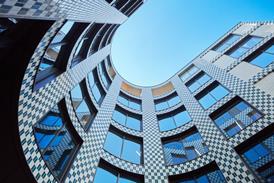- Home
- Intelligence for Architects
- Subscribe
- Jobs
- Events

2025 events calendar Explore now 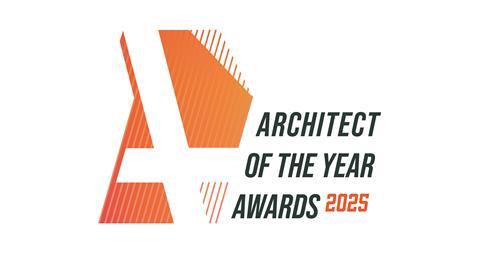
Keep up to date
Find out more
- Programmes
- CPD
- More from navigation items
At Venice 2025: the architecture Biennale trades star power for shared ground

Sarah Simpkin reports from Venice, where Carlo Ratti’s Biennale weaves together hands-on collaboration, ecological reflection and cross-disciplinary experimentation
There’s an indecipherable network diagram across a long wall in the Giardini that tries to explain the organisation of the 2025 Venice Architecture Biennale. It charts the connections between the thousands of people involved. Caught in the middle of its web is chief curator Carlo Ratti, and his quote: “We want the projects to develop new knowledge, not just to showcase existing one.”
Ratti has been described as a polymath, preferable to claiming the title yourself. For the Biennale, he has drawn on his roles as architect, engineer, MIT professor and author to challenge the idea of the lone genius, to propose “a more inclusive authorship model, inspired by scientific research.” His title, splashed all over the city on vaporetti and posters, is the much-memed ‘Intelligens. Natural. Artificial. Collective.’ Getting through the next few days will take all three. It’s impossible to cover everything, but here’s what stood out.
…
This content is available to registered users | Already registered?Login here
You are not currently logged in.
To continue reading this story, sign up for free guest access
Existing Subscriber? LOGIN
REGISTER for free access on selected stories and sign up for email alerts. You get:
- Up to the minute architecture news from around the UK
- Breaking, daily and weekly e-newsletters
Subscribe to Building Design and you will benefit from:

- Unlimited news
- Reviews of the latest buildings from all corners of the world
- Technical studies
- Full access to all our online archives
- PLUS you will receive a digital copy of WA100 worth over £45
Subscribe now for unlimited access.


